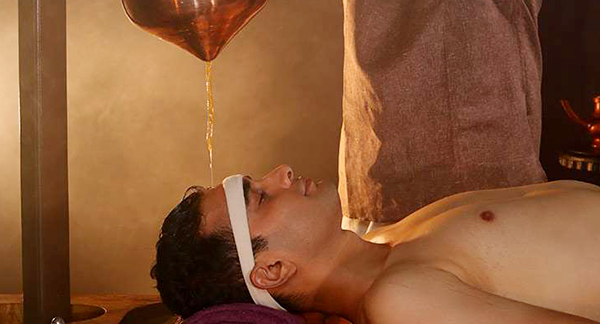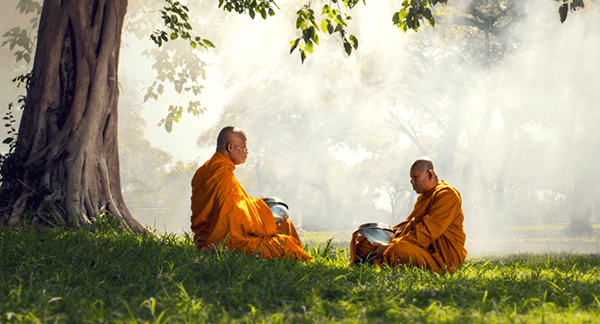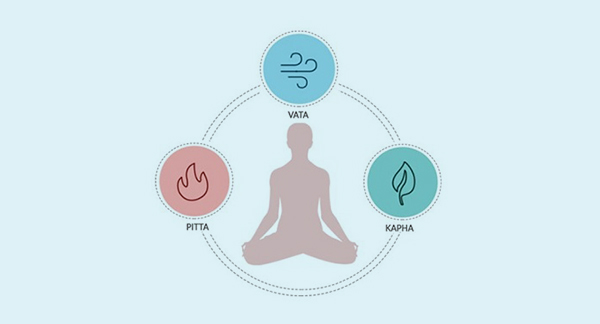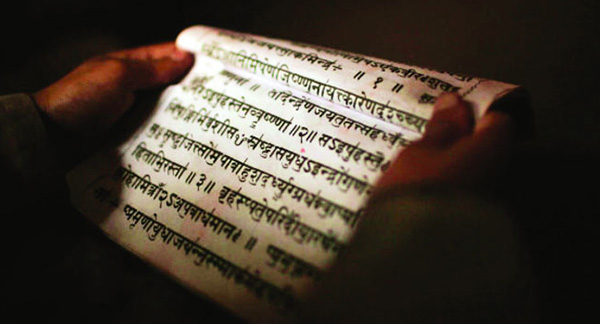Ayurveda - The Knowledge of Life
Introduction to Ayurveda as a preventive and curative system of medicine.
Faculty - Dr Leena Rajesh
Brief Introduction To Shiras/Head- Importance And Superiority Of Shira
Faculty - Dr. Divya TM
Ayurveda Emphasizes Health As A Balance Of Physical, Mental As Well As Spiritual Wellbeing.Twak Or Skin Plays A Vital Role In
Faculty - Dr. Mukesh Edavalath
Faculty - Dr Skanthesh Lakshmanan
Exact Understanding Of What Is The Real Sense And Depth Of Panchakarma In Ayurveda
Faculty - Dr. Subin Vaidyamadham
Ayurveda, The Science Of Life Is The Oldest Healthcare System In The World.
Faculty - Dr.Manu S Sankar
¿Cuáles son sus Orígenes?
Sus Bases Filosóficas
Los 5 elementos
Faculty - Guadalupe Yanzon Tascheret
The word “AYURVEDA” has its origin from the two words – 1. Ayur (means life) 2. Veda (means science).
So we have to know both the words to understand what is “AYURVEDA”.
Ayurveda is a vast sea of knowledge that surpass time. Obviously being Anadi and Anantha this eternal, sacred and everlasting science opens up infinite possibilities.
All the 4 Vedas contain references regarding health and life but it's Atharva Veda that deals more with details of diseases and their remedies. For the same reason Ayurveda is considered as the Upaveda of Atharva Veda.
Some works survive the same, and are still treasured in the field of Ayurveda. With the advancement of the script form, the knowledge of Ayurveda began to spread rapidly and more classical medical literature came into existence. The Charaka Samhita, the Susruta Samhita and the Astangasamgraha by Vagbhata are the and the Astangasamgraha by Vagbhata are the three treatises considered to be the authentic references of Ayurvedic science. These three works are together_termed as Brihat-Trayi which means 'Elite three of Ayurveda ' or the 'Greater Trio of Ayurveda.
The art of Ayurveda had spread around in the 6th century BC by the Buddhist monks travelling to Tibet, China, Mongolia, Korea and Sri Lanka. Although not much of it survives in original form, its effects can be seen in the various new age concepts that have originated from there.
Ayurveda therefore is not simply a health care system but a form of lifestyle adopted to maintain perfect balance and harmony within the human existence. Ayurveda offers a unique philosophy that balances the physical, mental, emotional and spiritual components necessary for holistic health.
Worldwide Recognition and Popularity
The worldwide recognition and popularity in the present era is based on the efficacy of the treatments and the simplicity and legibility of the Ayurvedic theories. However, it requires systematic training based on both traditional theories and clinical practice.
If you are a medical doctor or healing practitioner looking for Natural healing, the best method is to practice Ayurveda as the mainstream medicine and not as complementary or alternative. This will open up the job market in western countries and help in connecting with yoga centers, natural organic farming projects, socio-economic community living. Which in turn answers the environmental pollution, and help build a healthy community in the west. Ayurveda is the base and roof for so many pillars like Nutrition, Exercises, Prevention, protection and usage of plants and plant products, protection of animals, vegetarianism, Vegan, sociology, Economy, modern healthy living, Politics, Astronomy, Astrology, Dance therapy, Aroma therapy, Reflexology, Vital points / Marma therapy, Sports medicine, Astrology, Astronomy and so on, if you really understand the principles of Ayurveda.
A student at one of the 320 Ayurveda colleges – Universities of India must study 9 semesters and spent a year as house-surgeon at a University hospital before getting certified as Bachelor of Ayurvedic Medicine & Surgery (B.A.M.S). He or she can take up a postgraduate study in one of the 8 specialties of Ayurveda that exists since well over 5000 years. More over the most original books on Ayurveda is written in Sanskrit which is not a spoken language. So, most of the colleges are teaching in their regional languages. For a westerner there are a lot of hurdles to get a seat in the Indian medical colleges and also to understand the languages.
- Ayu + Veda – Science Of Life.
- Anadi and Anantha, the eternal, sacred and everlasting science.
- For the Physical, Mental and Spiritual well – being.
3 weeks Practicals and internship
at Kerala (India)
- Ayurvedic Massage Techniques.
(Abhyanga, Pinda sweda, Dhara, Kayaseka). - Constitution analysis.
- Pharmacy: Preparation of different Ayurvedic formulas with herbs. (Ayurvedic oils, Ayurvedic Churna, Lehyas, Ghrtas etc).
- Panchakarma recipes: Preparation of different Vasthi (enema formulas for different diseases)
- Bed side clinics. (Diagnosis of tongue, pulse, Eyes) Sitting with Ayurvedic doctor and understanding the diagnosis and management with the related principles.
SANSKRIT AS A TECHNICAL LANGUAGE
Students apply basic knowledge of Sanskrit for practical application at this professional level. They review common terms, practice their pronunciation. Through repetition and example, students gain familiarity with common terms to prepare them for further study.
Message From Academy Director
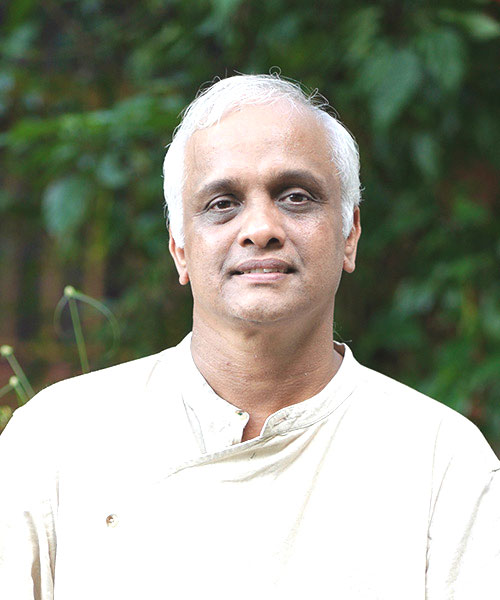
The word Guru describes all the dynamics of knowledge and its distribution. Gu means 'Darkness' and Ru means 'Destruction' and thus the word Guru implies destruction of darkness and shedding the light of knowledge. Guruhood is a responsibility not just to impart the true knowledge but also to help the learners apply that, in their lives and the lives of others.
I have great pleasure to head the team of enthusiastic experts for the dynamic and profound cause of sharing Indian knowledge and wisdom. The guru has personal and impersonal expression in the modern times. We intend to actualize them through Satva.
-Dr Sasi Keezhattupurath-
Faculty
Learn Traditional Indian Medicine Online
With clinical internship opportunities at Kerala.
Satvajnana Online Academy will provide recognised certificate on completion of the course along with internship.
Other Courses
This course starts with a short intro to the Sanskrit language with its origin, evolution and its uniqueness.
This course commences with an introduction to the tantric philosophy and tradition- its origin, evolution and its spread is discussed.



